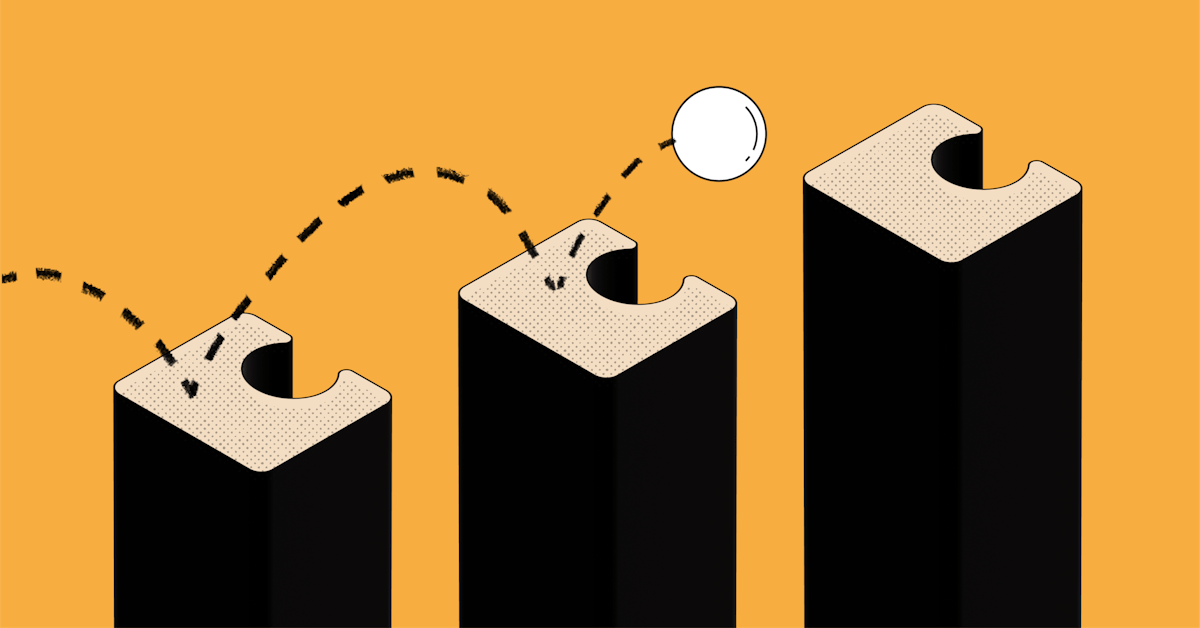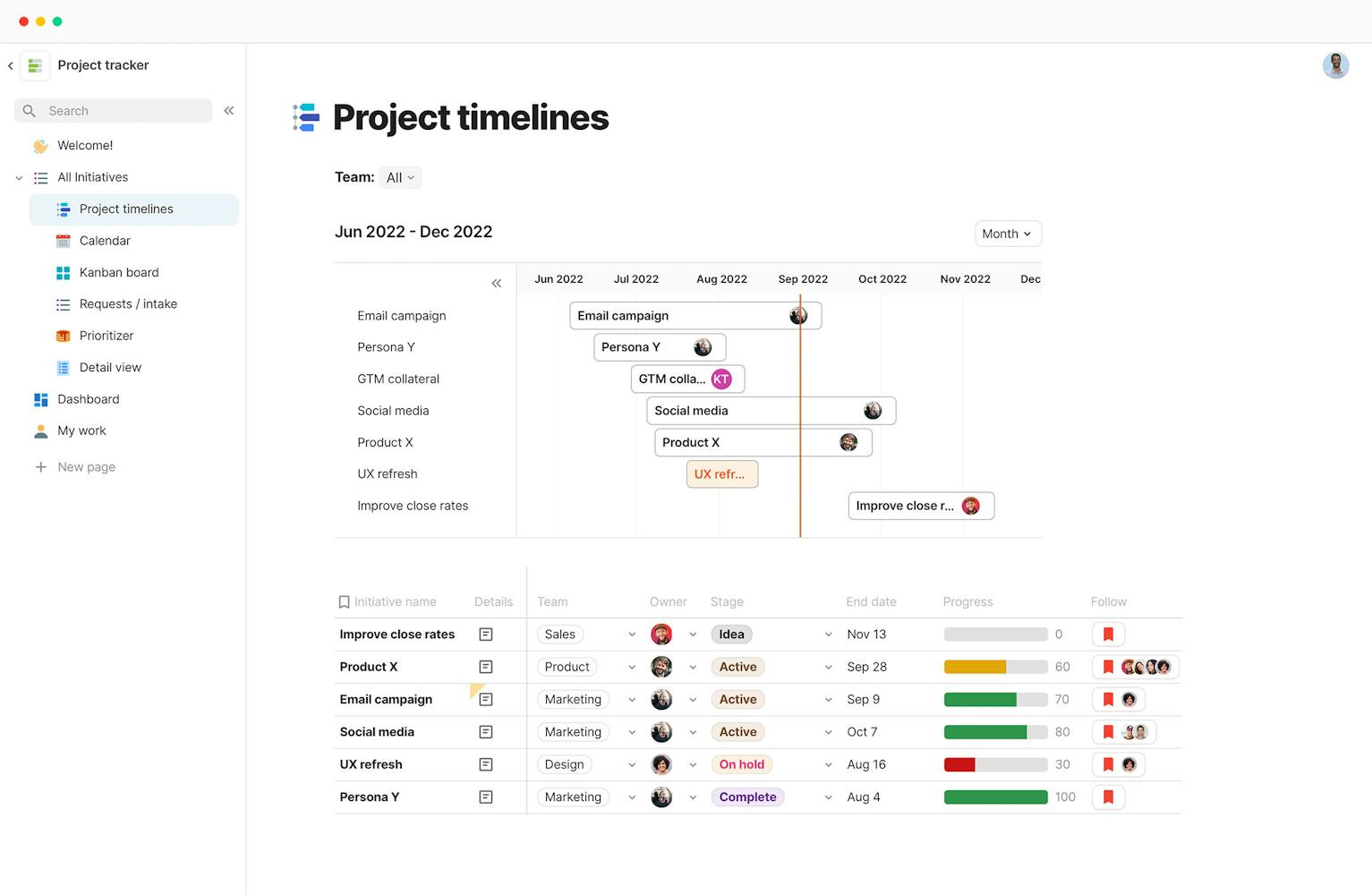Coda for meetings
If you're trying to build a kinder, more inclusive culture for your team, start with your meetings. With Coda, you have everything you need to design more collaborative, equitable forums.


“This simple topic voting template has changed the way our meetings work. We set it up so people can 'hand raise' topics and 'clap' (as many times as possible) for kudos!”

Dylan Field
CEO at Figma
A few of the 50,000+ teams that run on Coda.







Set agendas, take notes, review workーall in one doc.
Why would you record meeting notes in one Google document, make updates in a spreadsheet, and adjust workbacks in Asana? Coda is a doc that brings all your meeting notes, project specs, action itemsーand teammatesーin one organized place.


Building blocks for fairer forums.
We’ve all sat in meetings that feel like echo chambers. Coda docs come with templatesーlike voting tables and meeting timersーto solicit unbiased feedback and ensure the best ideas, not the loudest, are heard.
Plays nicely with your tools.
With Packs and integrations via Zapier, you can connect your doc with the other apps you use. Keep all your meetings and recordings in on place with the Zoom Pack. Or have your doc schedule all your new hire onboarding sessions with one click via the Google Calendar Pack.
Choose from hundreds of Packs in our Gallery.
Coda is a leader in 10 different software categories thanks to our reviewers.
Come for better-meeting insights. Stay for the flexibility of an all-in-one doc that does much more.
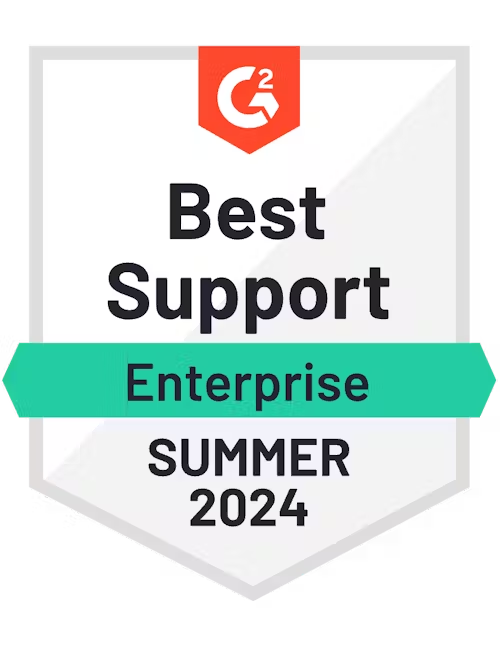
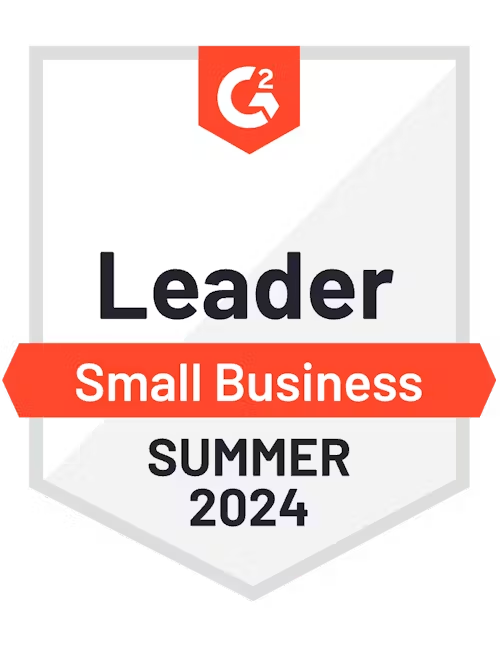
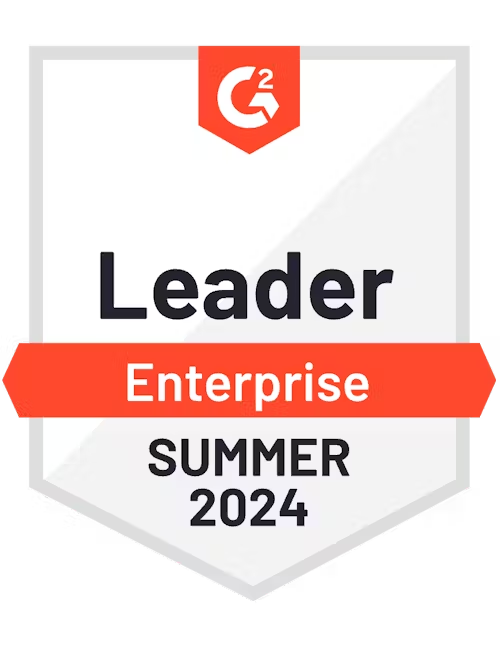
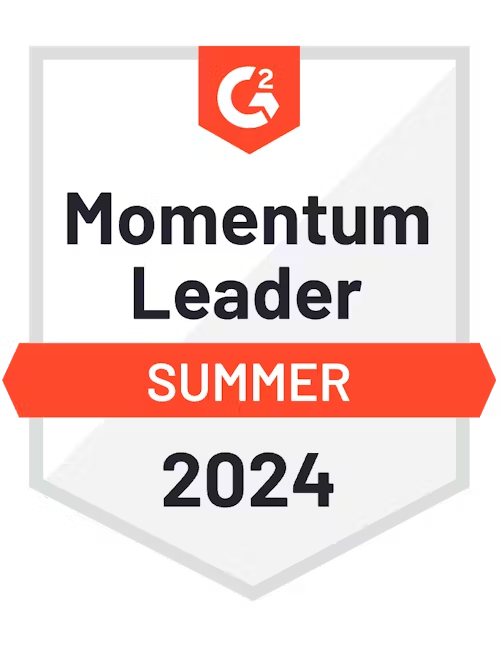
Templates: Your running start.
You don’t have to build your meeting agendas from scratch. We’ve got a Gallery full of insights on running better meetings from some of the most inventive thinkers out there. Here are some fan favorites to get you started:
“We use Coda for everything from running meetings to strategic planning. Coda has integrated many of our siloed solutions—like email, calendaring, automating connections, and managing ongoing projects.”

Michael Skok
Founding Partner at Underscore VC
Get started your way.
Ready to run better meetings? Try Coda today or sign-up for a demo to see how Coda fits into the process before, during, and after your meeting.









